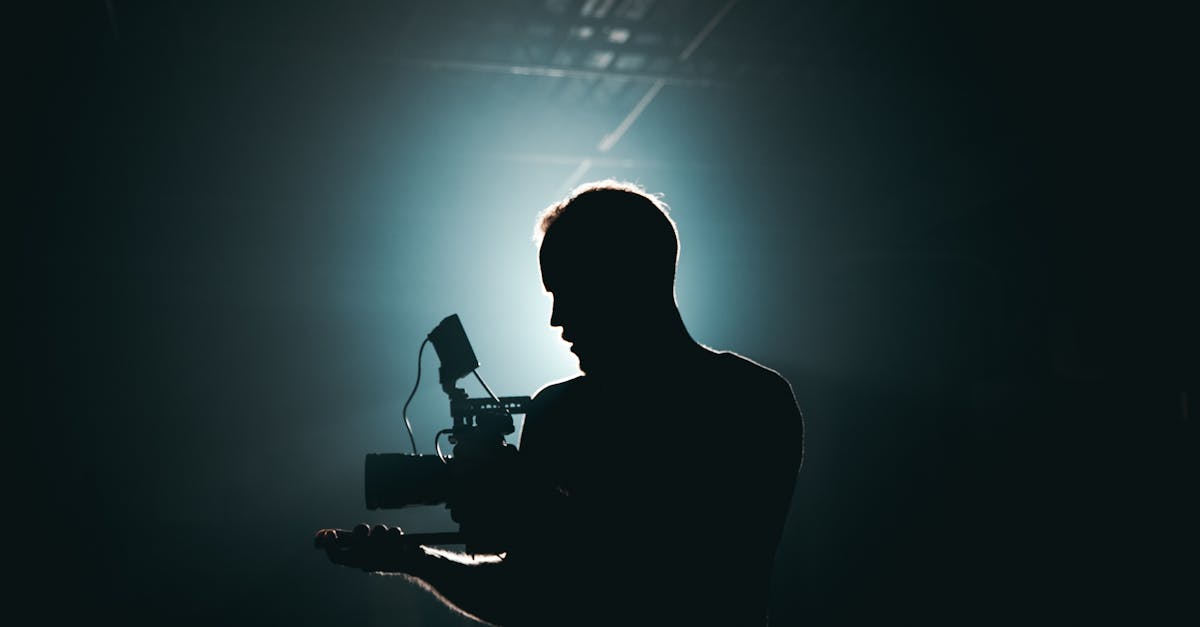Published on:
7 min read
Cinematic Vision: Unlocking the Secrets of Stunning Cinematography
Cinematography is the art of making visuals come alive, weaving emotion and story through the lens. Discover how techniques, composition, and lighting can elevate your visual storytelling. Unlock the secrets behind stunning cinematography and transform the way you view films.

The Importance of Composition
Composition in cinematography is the backbone of any visual storytelling. Effective composition allows filmmakers to guide the viewer’s eye, create mood, and enhance narrative depth. Techniques such as the Rule of Thirds, leading lines, and framing are essential tools in a cinematographer's toolkit. By strategically placing subjects and elements within the frame, you can evoke emotions and highlight key aspects of the scene. Furthermore, understanding spatial dynamics and how to create balance can significantly affect the visual impact of your film. Experimenting with various compositions not only sharpens your skills but also enables you to develop a unique style that resonates with your audience.
Lighting: The Heart of Cinematic Aesthetics
Lighting plays a crucial role in cinematography, influencing everything from the color palette to the ambiance of a scene. Mastering the use of lighting—from natural to artificial—can drastically alter the mood and tone of your visuals. Techniques such as three-point lighting help create depth and dimension, while high-contrast lighting can evoke tension and drama. Additionally, using colored gels or modifiers allows you to shape the emotional response of the audience. Embrace the challenges of lighting by experimenting with different setups and observing how subtle changes can result in striking visuals. Cultivating an understanding of lighting will empower you to enhance your storytelling capabilities and leave a lasting impression.
The Power of Movement and Angles
Camera movement and angles add a dynamic dimension to cinematography that draws viewers deeper into the narrative. Motion techniques—including pans, tilts, and tracking shots—can generate excitement or build suspense, engaging the audience on a visceral level. The choice of camera angle can also convey perspective: from the intimate closeness of a close-up to the imposing nature of a bird’s eye view, each angle focuses attention and shapes the audience's perception. Additionally, incorporating steady cam or drone shots can add a fresh perspective, creating visual excitement. As you learn to master these techniques, experiment with various motions and angles to discover how they can transform your visuals into a more powerful storytelling tool.
Conclusion
In conclusion, stunning cinematography is an art that stems from understanding the key principles of composition, lighting, and movement. By honing these skills and continuously experimenting with new techniques, you can greatly enhance your visual storytelling ability. Whether you're a budding filmmaker or simply passionate about visuals, the secrets of cinematography can unlock a whole new world of creativity and expression.
Published on .
Share now!










